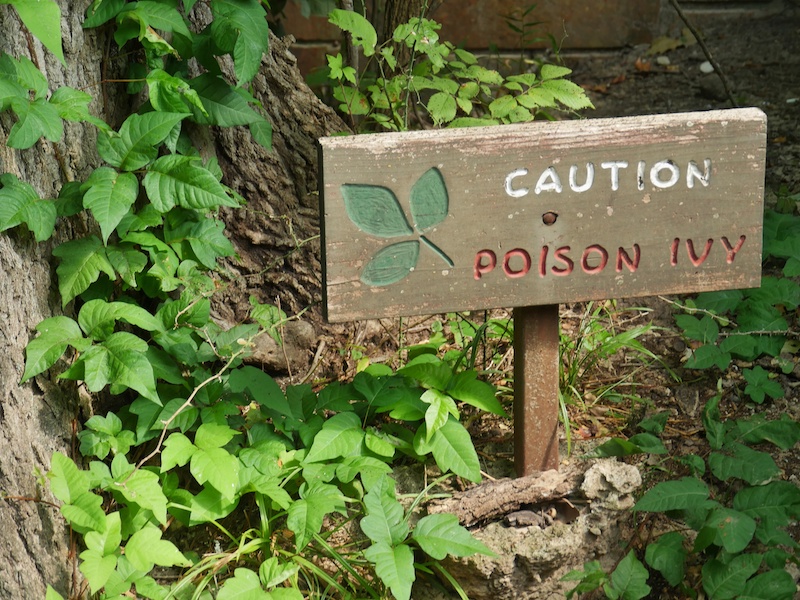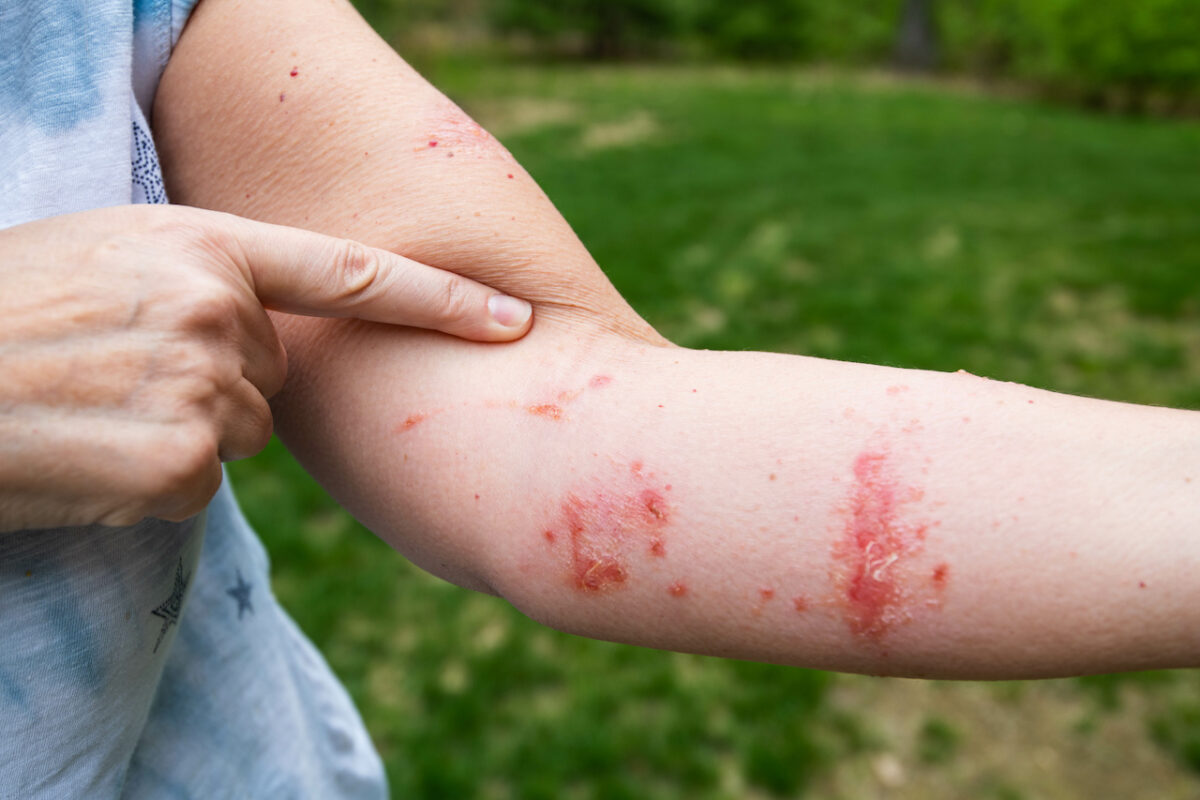What Does a Poison Ivy Rash Look Like?

What is Poison Ivy?
Poison ivy causes a rash that is itchy and red. The rash can persist for around 2 weeks. It develops after physical contact with a poison ivy vine.
What causes poison ivy?
Poison ivy is a plant that contains an oil called urushiol which many people are allergic to. Poison oak and poison sumac also produce this oil. When the skin comes into contact, an itchy rash can start to develop.
What are the stages of the rash?
- Itching
- Rash
- Fluid-filled blisters
- Crusting and itching

Prevention
Poison ivy rashes can be prevented by avoiding the poisonous plants that produce urushiol. Learn what the plants look like and try to avoid them.
Poison Ivy – 3 leaflets, grows as a bush or vine
Poison oak – 3 leaflets, grows as shrub or vine
Poison sumac- clusters of 7 to 13 leaflets, grows as a tree
- If contact with poison ivy is made, immediately apply rubbing alcohol to try and strip the oil off the skin.
- Scrub with dish soap and cold water. Brush under fingernails if fingers are exposed.
- Wash clothes that may have come into contact with poisonous plants.
- If there is an area with bushes or shrub, wear pants, socks, and long sleeves to prevent coming into contact with the plant.
Treatment
The rash will likely go away on its own. For symptoms, anti-itch cream such as calamine lotion or hydrocortisone can help. Oral antihistamines such as Benadryl can also help with symptom relief. Other ways to help the itch can be cold compresses and/or warm baths.
Itching may cause the skin to break open and allow for an infection. If an infection occurs, consult a doctor.
You should consult a doctor if:
- The rash is more than ¼ of your body
- The rash is on eyes, nose, mouth, or genitals
- Fever
- Difficulty breathing
- Hives
- Swelling
Summary:
- Poison Ivy Rash Appearance: Red and itchy rash from contact with poison ivy, lasting about 2 weeks.
- Cause: Contact with urushiol, an oil in poison ivy, poison oak, and poison sumac.
- Stages of Rash:
- Itching
- Rash
- Blisters
- Crusting and itching
- Prevention: Identify and avoid poisonous plants, wash immediately after contact, wear protective clothing.
- Treatment:
- Rash often resolves on its own.
- Use anti-itch creams and antihistamines.
- Seek medical help for extensive rashes, sensitive areas, or signs of infection.

This article reviewed by Dr. Jim Liu, MD and Ms. Deb Dooley, APRN.
There’s nothing more important than our good health – that’s our principal capital asset.
#medical #telehealth #umedoc






